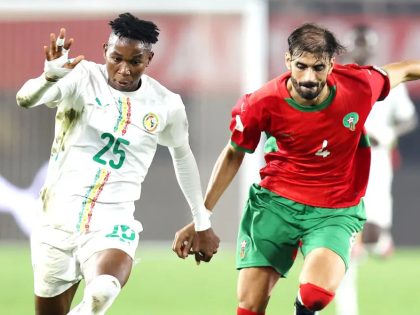The Poor White Problem
Poor whites don't even make up 5% of the poor. Contrast that to more than 60% of blacks. But that's not a story for foreign media.

Residents of an informal camp outside Johannesburg.
It’s become common for foreign journalists (and documentary films) going to South Africa to find poor whites and contrast these with the wealth of the small, emerging black “middle” class. Yet, poor whites don’t even make up 5% of the poor. Contrast that to more than 60% of blacks. But that’s not a story. And if you pointed that obvious fact out you’d be racist.
The obsession with the “poor white problem” is an old concern of white South Africans and the West that dates back to the late 19th century. It influenced the formation of the Union of South Africa in 1910 (an agreement among whites—English colonialists and Afrikaners—after the Anglo-Boer War to govern in their own interests at the expense of black people), shaped the 1922 miners’ strike (when white workers fought to keep black mine workers’ wages down), and drew in the American Carnegie Corporation’s “Commission on the Poor White Problem in South Africa.” That informed the rise of and later government policies of the racist National Party, which was fixated on preventing poor whites from sinking into the poverty assumed to be “natural” for Africans and coloureds. This anxiety fueled the apartheid state’s massive affirmative action programs for whites—especially Afrikaners—alongside nearly five decades of violent racial rule. The result is today’s inequality: between 60% and 70% of black people, including coloureds and Indians, live in poverty, compared to just 5% of whites.
South African media at least know better. But not the foreign media.
Meanwhile, below, I have compiled a list of some of the stories by major foreign news agencies and news outlets, especially Euro-American ones, about the so-called poor white problem in postapartheid South Africa (which you can roughly date to the end of Thabo Mbeki’s first term as president):
Poor white South Africans blame reverse discrimination.
White Poverty – In the New South Africa.
Rich whites keep wealth and poor beg



















